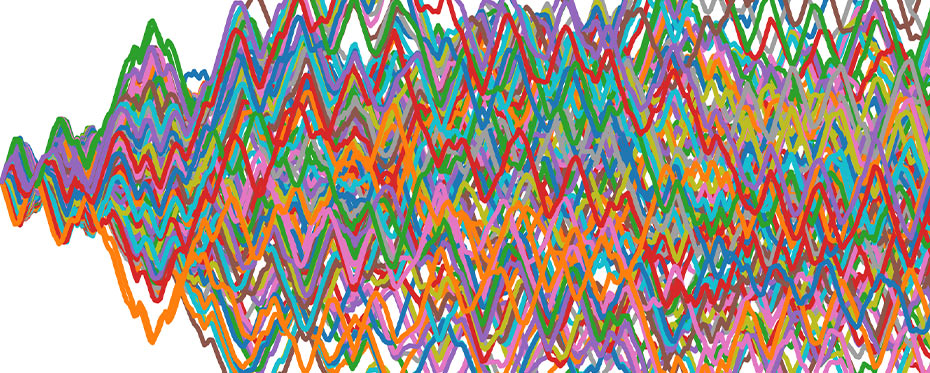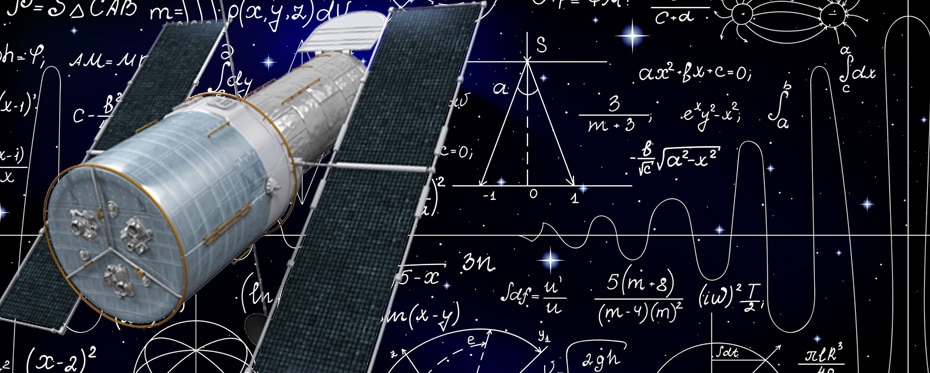Tag: Neural Networks
Neuron-less knowledge processing in forests

Dr Aviv Segev, Professor at the University of South Alabama, is researching the knowledge-related activity of forests. While trees do not have neurons, they can build a communication network, and Dr Segev analyses their use of the resources needed for survival. This study demonstrates that neuron-like relations occur in a forest knowledge-processing system. Results demonstrate that trees use mechanisms analogous […]
How does nutrition underpin developmental milestones in toddlers?

Toddlerhood, here referred to as the period between one and three years of age, includes major cognitive, motor, and social-emotional milestones. These milestones are underpinned by different biological as well as environmental factors, such as nutrition. Understanding the links between toddlerhood, developmental milestones and nutrition, means that we are better placed to help toddlers thrive. High nutritional needs during toddler […]
Read More… from How does nutrition underpin developmental milestones in toddlers?
Optimising Particle Accelerators with Adaptive Machine Learning

Machine learning has become a staple of research into many of today’s most cutting-edge technologies. Until now, however, it has not been widely considered as a useful tool for online optimisation of the performance of particle accelerators. Through his research, Dr Alexander Scheinker at the Los Alamos National Laboratory in New Mexico, USA, introduces new techniques based on machine learning, […]
Read More… from Optimising Particle Accelerators with Adaptive Machine Learning
Reconstructing astronomical images with machine learning

Much of what we know about how our universe works has been learnt by analysing the astronomical signals captured from the sky. However, these signals will inevitably have some noise associated with them – so how can astronomers be sure that their observations of strange, unexpected signals reflect reality? Edward Higson at the University of Cambridge and his colleagues have […]
Read More… from Reconstructing astronomical images with machine learning